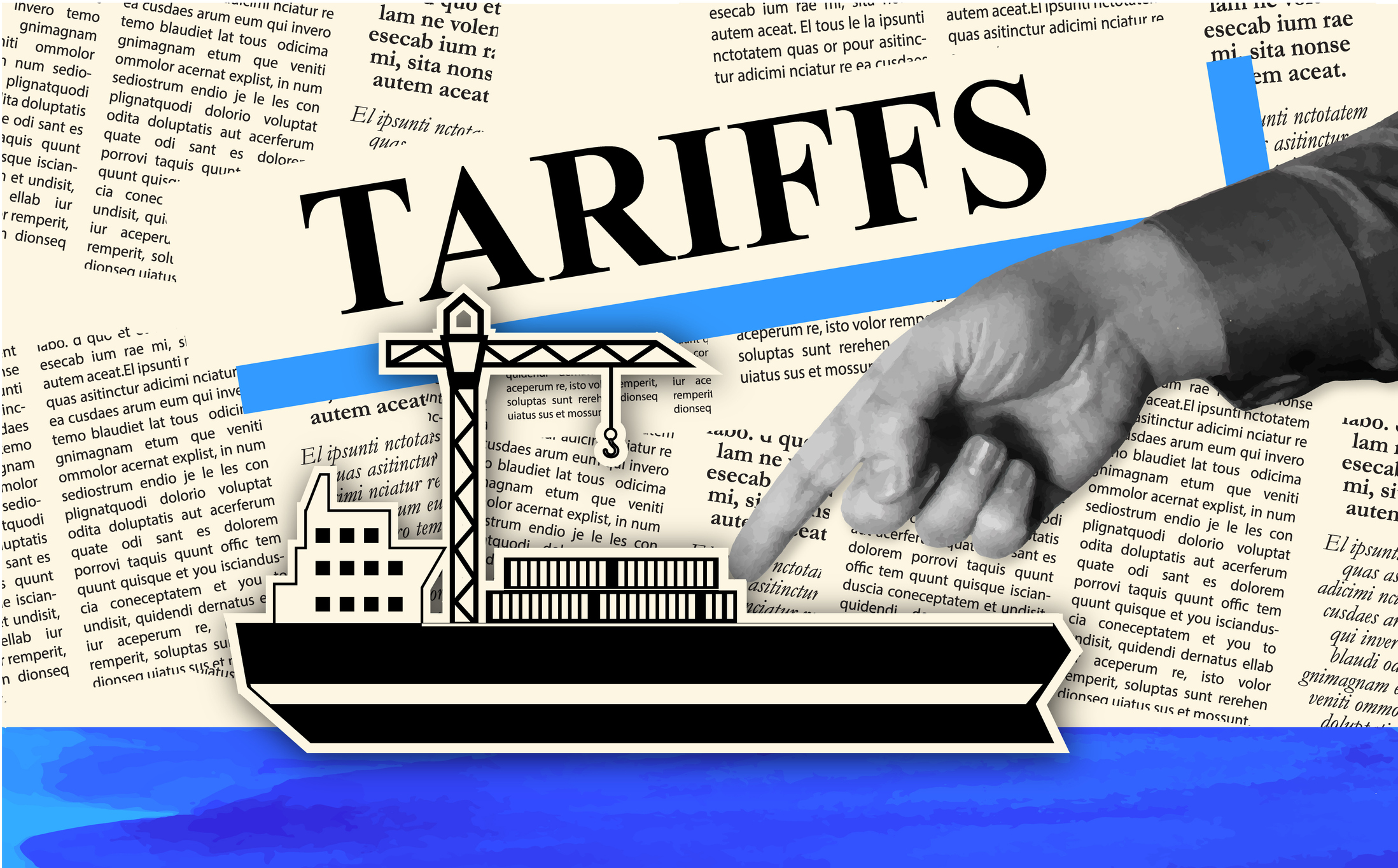Rare earth elements (REEs) are the backbone of clean technology, modern defense, and digital infrastructure—but extracting them is labor-intensive, dangerous, and environmentally taxing. As demand surges in 2025, companies are turning to AI, robotics, and automation to solve age-old problems in resource extraction. Discover how AI, robotics, and drone technologies are transforming REEs mining by enhancing safety, increasing yield, and accelerating exploration across global supply chains.
From AI-powered geological mapping to robotic core sampling and autonomous haulage systems, the mining industry is undergoing a rapid digital transformation. This blog explores how next-gen technologies are being deployed in rare earth mining and what this means for global supply chains, sustainability, and strategic procurement.
Key Tech Applications in AI REEs Mining
1. AI-Driven Geological Analysis
Machine learning algorithms process vast geophysical datasets to identify promising REE deposits faster and more accurately than traditional methods. AI can interpret:
- Magnetic resonance and gravity survey data
- Satellite imagery for geological anomalies
- Historical mining records and core samples
This dramatically reduces exploration costs and time-to-resource, and allows firms to reduce their environmental footprint by targeting only the most viable sites.
2. Robotic Sampling and Drilling
Remotely operated drilling rigs and autonomous core samplers are used in areas with difficult terrain or hazardous conditions. Benefits include:
- Reduced human risk exposure
- Higher precision in sample targeting
- 24/7 operation with minimal downtime
- Consistent data collection for downstream processing optimization
3. Drone-Assisted Exploration
Drones equipped with LiDAR and hyperspectral imaging sensors can quickly map potential REE-rich zones, helping survey teams cover hundreds of square kilometers in days instead of months.
These drones can also monitor ecological changes in real time, enabling early intervention and better environmental stewardship.
4. Smart Refining Systems
AI-enhanced refining plants use real-time sensors to monitor chemical composition, adjust reagent flow, and reduce waste. This leads to:
- Higher extraction efficiency
- Lower energy and water usage
- Improved safety compliance
- Predictive maintenance that minimizes unplanned shutdowns
Case Studies and Global Adoption
- Lynas REEs (Australia): Partnered with CSIRO to test AI-guided ore sorting algorithms that improve grade selection.
- MP Materials (USA): Using autonomous vehicles for material transport at Mountain Pass mine.
- China Northern Rare Earth Group: Investing in machine learning systems to predict refining yields and optimize energy usage.
- Sweden’s LKAB: Developing digital twins for REE extraction in mineral-rich Kiruna using IoT and AI.
- Vale (Brazil): Experimenting with AI-based drilling to reduce exploratory overburden and save operational costs.
Sustainability and Safety Gains
Advanced automation supports ESG objectives:
- Reduced environmental impact through precision mining and optimized processing
- Lower emissions from autonomous electric vehicles replacing diesel trucks
- Safer labor conditions by removing workers from high-risk environments
- Water management systems using real-time AI analytics to prevent contamination and improve efficiency
According to a 2025 McKinsey report, automation can cut mining-related injuries by up to 50% and reduce operating costs by 20–30% over a five-year horizon.
Additionally, precision mining reduces land disruption, minimizing the ecological footprint and ensuring more targeted land rehabilitation.
Workforce Transformation and Skills Shift
While automation reduces manual labor, it creates demand for high-tech roles:
- Drone pilots and remote sensing specialists
- Data scientists and machine learning engineers
- Automation technicians and mechatronics experts
- Cybersecurity analysts for safeguarding mining networks
Mining companies are partnering with universities to retrain workers and build local capacity in AI and robotics. Governments in Australia, Canada, and the U.S. have announced grants to foster reskilling in rural mining regions.
Mattias Knutsson on the Strategic Value of Tech-Driven AI REEs Mining
Mattias Knutsson, Strategic Leader in Global Procurement and Business Development, sees automation as a differentiator in the race for rare earth security.
“AI and robotics in mining aren’t just about efficiency—they’re about visibility, resilience, and future-proofing supply chains.”
His Key Strategic Takeaways:
- Tech Investment = Supply Security – Firms with digital mining operations are more agile, more predictable, and more scalable.
- Data-Driven Contracts – Real-time metrics improve pricing transparency, supplier accountability, and ESG traceability.
- Workforce Upskilling – Procurement must align with vendors that invest in digital literacy and automation readiness.
- Cross-Sector Collaboration – Government, academia, and industry must co-invest in R&D to accelerate sustainable breakthroughs.
“Procurement isn’t passive anymore—it’s predictive. And automation is its greatest ally.”
Conclusion:
AI and robotics are revolutionizing rare earth mining, not just by boosting output, but by making operations cleaner, safer, and smarter. As the race for critical minerals intensifies, technology will be a key enabler of equitable and sustainable resource access.
Organizations that integrate digital mining capabilities into their procurement strategy today will be the ones leading the clean tech economy tomorrow.
Mattias Knutsson’s advice?
“In a world of resource volatility, intelligence is the new infrastructure.”
The future of mining is not just underground—it’s in the cloud, the algorithm, and the circuit board.





